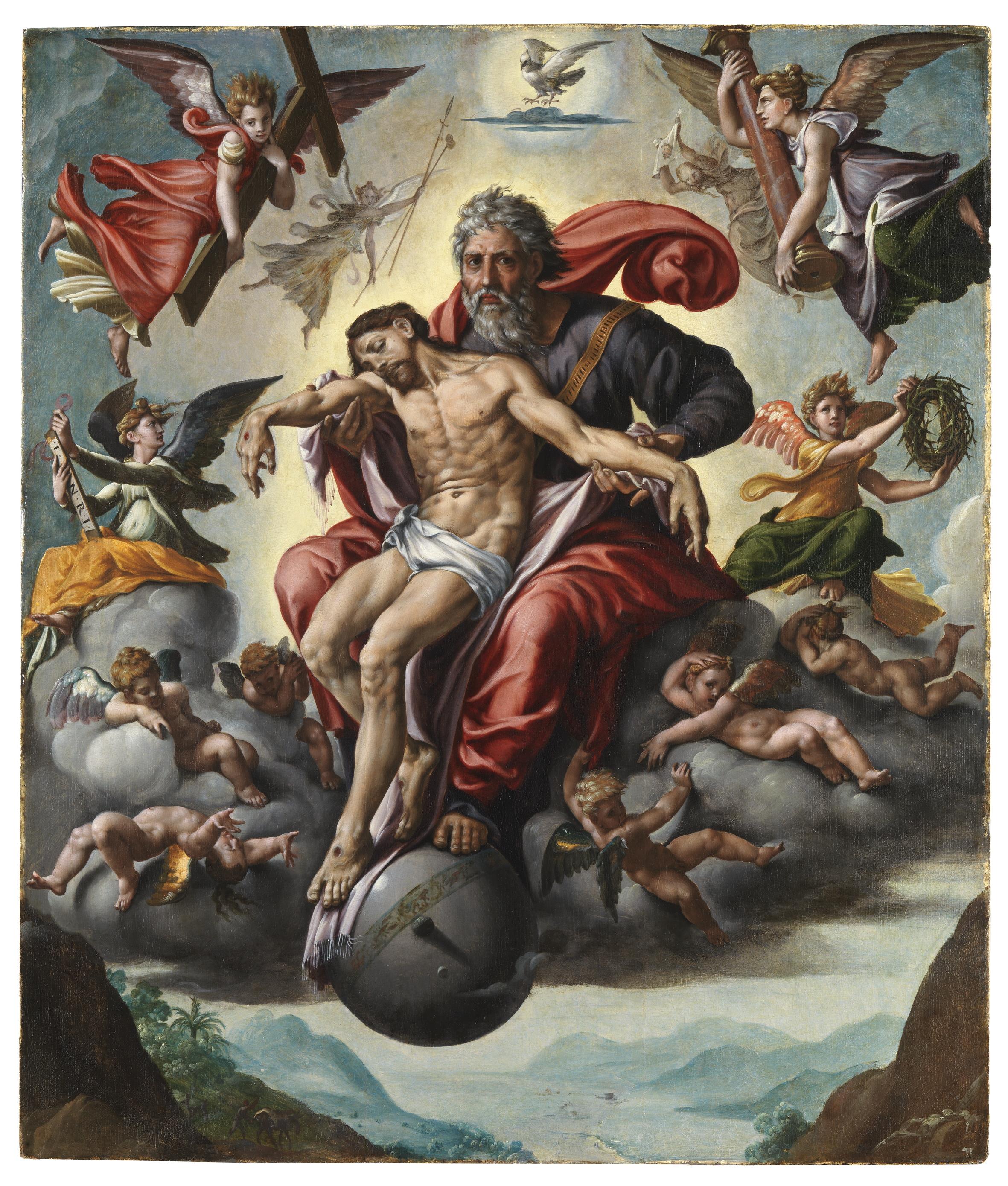|
Déagol
Gollum is a Tolkien's monsters, monster with a distinctive style of speech in J. R. R. Tolkien's fantasy world of Middle-earth. He was introduced in the 1937 Fantasy (genre), fantasy novel ''The Hobbit'', and became important in its sequel, ''The Lord of the Rings''. Gollum was a Stoor Hobbit of the River-folk who lived near the Gladden Fields. In ''The Lord of the Rings'', it is stated that he was originally known as Sméagol, corrupted by the One Ring, and later named Gollum after his habit of making "a horrible swallowing noise in his throat". Sméagol obtained the Ring by murdering his relative Déagol, who found it in the River Anduin. Gollum called the Ring "my precious", and it extended his life far beyond natural limits. Centuries of the Ring's influence twisted Gollum's body and mind, and, by the time of the novels, he "loved and hated [the Ring], as he loved and hated himself." Throughout the story, Gollum was torn between his lust for the Ring and his desire to be f ... [...More Info...] [...Related Items...] OR: [Wikipedia] [Google] [Baidu] |
One Ring
The One Ring, also called the Ruling Ring and Isildur's Bane, is a central plot element in J. R. R. Tolkien's ''The Lord of the Rings'' (1954–55). It first appeared in the earlier story '' The Hobbit'' (1937) as a magic ring that grants the wearer invisibility. Tolkien changed it into a malevolent Ring of Power and re-wrote parts of ''The Hobbit'' to fit in with the expanded narrative. ''The Lord of the Rings'' describes the hobbit Frodo Baggins's quest to destroy the Ring and save Middle-earth. Scholars have compared the story with the ring-based plot of Richard Wagner's opera cycle '' Der Ring des Nibelungen''; Tolkien denied any connection, but at the least, both men drew on the same mythology. Another source is Tolkien's analysis of Nodens, an obscure pagan god with a temple at Lydney Park, where he studied the Latin inscriptions, one containing a curse on the thief of a ring. Tolkien rejected the idea that the story was an allegory, saying that applicability to ... [...More Info...] [...Related Items...] OR: [Wikipedia] [Google] [Baidu] |
Stoor Hobbit
Hobbits are a fictional race of people in the novels of J. R. R. Tolkien. About half average human height, Tolkien presented hobbits as a variety of humanity, or close relatives thereof. Occasionally known as halflings in Tolkien's writings, they live barefooted, and traditionally dwell in homely underground houses which have windows, built into the sides of hills, though others live in houses. Their feet have naturally tough leathery soles (so they do not need shoes) and are covered on top with curly hair. Hobbits first appeared in the 1937 children's novel ''The Hobbit'', whose titular Hobbit is the protagonist Bilbo Baggins, who is thrown into an unexpected adventure involving a dragon. In its sequel, ''The Lord of the Rings'', the hobbits Frodo Baggins, Sam Gamgee, Pippin Took, and Merry Brandybuck are primary characters who all play key roles in fighting to save their world ("Middle-earth") from evil. In ''The Hobbit'', hobbits live together in a small town called Hobbito ... [...More Info...] [...Related Items...] OR: [Wikipedia] [Google] [Baidu] |
Wellington Airport
Wellington International Airport — formerly known as Rongotai Aerodrome or Rongotai Airport, or simply Wellington Airport — is an international airport located in the suburb of Rongotai in Wellington, the capital of New Zealand. It lies south-east from the city centre. It is a airline hub, hub for Air New Zealand and Sounds Air. Wellington International Airport Limited, a joint venture between Infratil and the Wellington City Council, operates the airport. Wellington is the List of busiest airports in New Zealand, third busiest airport in New Zealand after Auckland Airport, Auckland and Christchurch Airport, Christchurch, handling a total of 3,455,858 passengers in the year ending June 2022, and the third busiest in terms of aircraft movements. The airport, in addition to linking many New Zealand destinations with national and regional carriers, also has links to major cities in eastern Australia. It is the home of some smaller general aviation businesses, including the We ... [...More Info...] [...Related Items...] OR: [Wikipedia] [Google] [Baidu] |
Gandalf
Gandalf is a protagonist in J. R. R. Tolkien's novels ''The Hobbit'' and ''The Lord of the Rings''. He is a Wizards (Middle-earth), wizard, one of the Istari order, and the leader of the Company of the Ring. Tolkien took the name "Gandalf" from the Old Norse Dvergatal, "Catalogue of Dwarves" (''Dvergatal'') in the ''Völuspá''. As a wizard and the bearer of one of the Three Rings, Gandalf has great power, but works mostly by encouraging and persuading. He sets out as Gandalf the Grey, possessing great knowledge and travelling continually. Gandalf is focused on the mission to counter the Dark Lord Sauron by destroying the One Ring. He is associated with fire; his ring of power is Narya, the Ring of Fire. As such, he delights in fireworks to entertain the hobbits of the Shire, while in great need he uses fire as a weapon. As one of the Maiar, he is an immortal spirit from Valinor, but his physical body can be killed. In ''The Hobbit'', Gandalf assists the 13 dwarves and the h ... [...More Info...] [...Related Items...] OR: [Wikipedia] [Google] [Baidu] |
Eru Iluvatar
The fictional cosmology of J.R.R. Tolkien's legendarium combines aspects of Christian theology and metaphysics with pre-modern cosmological concepts in the flat Earth paradigm, along with the modern spherical Earth view of the Solar System. The created world, ''Eä'', includes the planet Arda, corresponding to the Earth. It is created flat, with the dwelling of the godlike Valar at its centre. When this is marred by the evil Vala Melkor, the world is reshaped, losing its perfect symmetry, and the Valar move to Valinor, but the Elves can still sail there from Middle-earth. When Men try to go there, hoping for immortality, Valinor and its continent of Aman are removed from Arda, which is reshaped as a round world. Scholars have compared the implied cosmology with that of Tolkien's religion, Catholicism, and of medieval poetry such as ''Pearl'' or Dante's '' Paradiso'', where there are three parts, Earth, Purgatory or the Earthly Paradise, and Heaven or the Celestial Paradise. Scho ... [...More Info...] [...Related Items...] OR: [Wikipedia] [Google] [Baidu] |
Rider Haggard
Sir Henry Rider Haggard (; 22 June 1856 – 14 May 1925) was an English writer of adventure fiction Romance (literary fiction), romances set in exotic locations, predominantly Africa, and a pioneer of the Lost World (genre), lost world literary genre. He was also involved in land reform throughout the British Empire. His stories, situated at the lighter end of Victorian literature and including the eighteen Allan Quatermain stories beginning with ''King Solomon's Mines'', continue to be popular and influential. Life and career Family Henry Rider Haggard, generally known as H. Rider Haggard or Rider Haggard, was born at Bradenham, Norfolk, the eighth of ten children, to William Meybohm Rider Haggard, a barrister, and Ella Doveton, an author and poet. His father was born in Saint Petersburg, Russia, in 1817 to British parents. A member of the Haggard family, he was the great-nephew of the ecclesiastical lawyer John Haggard and an uncle of the naval officer Admiral Sir Vernon H ... [...More Info...] [...Related Items...] OR: [Wikipedia] [Google] [Baidu] |
Economy Of Salvation
The Economy of Salvation, also called the Divine Economy, is that part of divine revelation in the Roman Catholic tradition that deals with God's creation and management of the world, particularly his plan of salvation accomplished through the Church. ''Economy'' comes from the Greek ''oikonomia'' (economy), literally, "management of a household" or "stewardship". Church doctrine sees this as the elements and resources revealed by God as necessary for the sake of mankind's salvation through God's revelation and communication of himself to mankind. It refers to God's creation of all things, and of his governance of the world, especially with regard to Jesus' part in salvation, which includes his mission being fulfilled by his body, the Church, and through the sacraments. Paragraph 1103 of the ''Catechism of the Catholic Church'' also refers to the "Economy of Salvation" as the "economy of Revelation". The term "Economy of Salvation" is first used by Origen of Alexandria, althoug ... [...More Info...] [...Related Items...] OR: [Wikipedia] [Google] [Baidu] |
Mordor
In J. R. R. Tolkien's fictional continent of Middle-earth, Mordor (; from Sindarin ''Black Land'' and Quenya ''Land of Shadow'') is a dark realm. It lay to the east of Gondor and the great river Anduin, and to the south of Mirkwood. Mount Doom, a volcano in Mordor, was the goal of the Fellowship of the Ring in the quest to destroy the One Ring. Mordor was surrounded by three mountain ranges, to the north, the west, and the south. These both protected the land from invasion and kept those living in Mordor from escaping. Commentators have noted that Mordor was influenced by Tolkien's own experiences in the industrial Black Country of the English Midlands, and by his time fighting in the trenches of the Western Front in the First World War. Tolkien was also familiar with the account of the monster Grendel's unearthly landscapes in the Old English poem ''Beowulf''. Others have observed that Tolkien depicts Mordor as specifically evil, and as a vision of industrial enviro ... [...More Info...] [...Related Items...] OR: [Wikipedia] [Google] [Baidu] |




